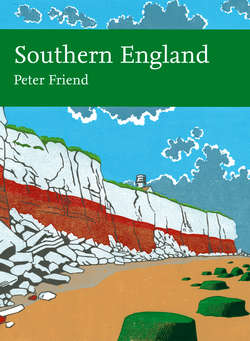Читать книгу Southern England - Peter Friend - Страница 24
Vertical crustal movements resulting from loading or unloading
ОглавлениеIn addition to the direct raising or lowering of the surface by erosion or deposition, there is a secondary effect due to the unloading or loading of the crust that may take some thousands of years to produce significant effects. As mentioned above, we can visualise the lithosphere as ‘floating’ on the asthenosphere like a boat floating in water. Loading or unloading the surface of the Earth by deposition or erosion will therefore lower or raise the scenery, just as a boat will sit lower or higher in the water depending on its load.
An example of this is the lowering of the area around the Mississippi Delta, loaded by sediment eroded from much of the area of the USA. The Delta region, including New Orleans, is doomed to sink continually as the Mississippi river deposits sediment around its mouth, increasing the crustal load there.
A second example of such loading is provided by the build-up of ice sheets during the Ice Age. The weight of these build-ups depressed the Earth’s surface in the areas involved, and raised beaches in western Scotland provide evidence of the high local sea-levels due partly to this lowering of the crustal surface.
Unloading of the Earth’s surface will cause it to rise. Recent theoretical work on the River Severn suggests that unloading of the crust by erosion may have played a role in raising the Cotswold Hills to the east and an equivalent range of hills in the Welsh Borders (see Chapter 6, Area 9). In western Scotland, as the ice has melted the Earth’s surface has been rising again.
